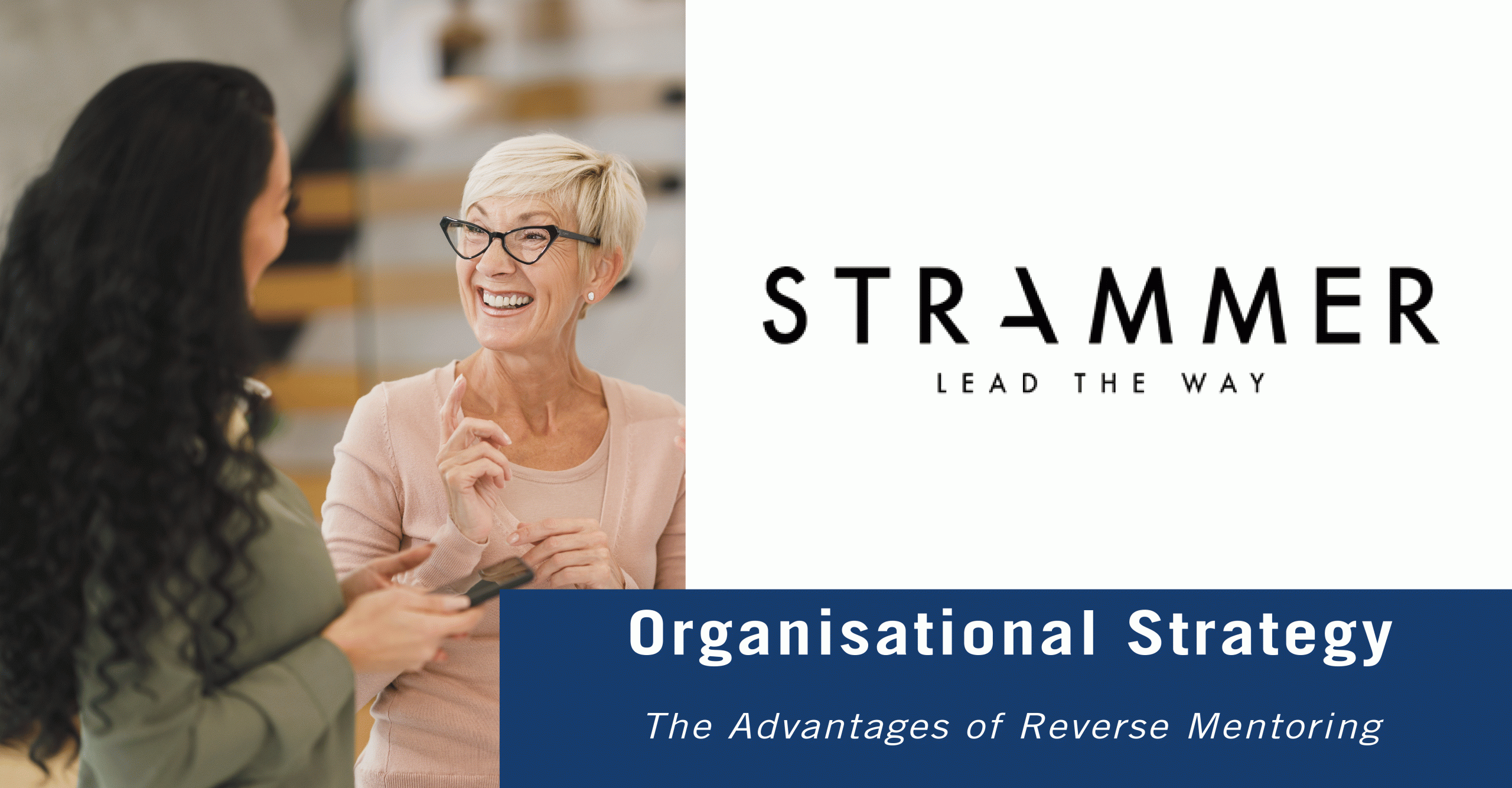The Advantages of Installing a Reverse Mentoring Programme
Numerous studies have proven the success of mentoring, showing how it brings value to mentors, mentees, and organisations. However, reverse mentoring, a newer twist on the concept, could help businesses overcome leading challenges like digitalisation and attrition. Unlike conventional mentoring, in reverse mentoring the younger less experienced employee is the one in the leadership position and tasked with imparting knowledge or insight to the usually older and more experienced employee.
Today, many companies which have implemented reverse mentoring report doing so to tackle the problem of engagement and attrition among Millennials. According to research including that done by Gallup, Millennials are the most likely generation to change jobs as well as being the hardest to engage.
However, reverse mentoring could help address this issue by improving the millennial employee experience. Harvard Business Review notes that reverse mentoring gives millennials the transparency and recognition they are looking for at work, and their research found that reverse mentoring schemes increased the retention of millennials – by a huge 96% in one of the companies they had studied.
This “new” mentoring process could also help to improve digital skills and technology confidence among executives. Younger generations have grown up with the internet and social media, making them well-situated to pass on what is often instinctive and natural to them. Reverse mentoring can help facilitate knowledge sharing on technology topics and bridge any digital gaps that may exist among senior employees, thus better preparing them to lead organisations as they navigate digital transformation processes.
In addition to its potential to help improve technological competence, reverse mentoring can introduce new points of view and perspectives in other areas like current cultural topics and generational issues. Through the mentoring relationship the executive can gain exposure to the ideas and experiences of juniors, which could enable them to have a more rounded perspective on an issue than they might have had otherwise.
Furthermore, reverse mentoring could help support a culture of continuous learning and development. An environment which promotes learning, development and career progression has been shown to have positive impacts such as increased employee engagement. Moreover, many believe that such a mindset will be crucial asset for companies as they prepare for a future of fast-changing and evolving jobs.
It is likely that the mentor-mentee relationship will flow both ways and be reciprocal. Indeed, even though the more experienced employee is formally taking on the role of mentee, they may be willing to share their knowledge and experience and answer questions from the junior – especially if a rapport is established. In sum, reverse mentoring could bring tangible results in the context of key workforce challenges, helping to drive business growth and increase companies’ competitiveness.
References:
- Why Reverse Mentoring Works and How to Do It Right, October 2019, Harvard Business Review.
- Gallup, Millenials: The Job Hopping Generation, Gallup.
- Reverse Mentoring: 3 Proven Outcomes Driving Change, August 2018, Forbes.





